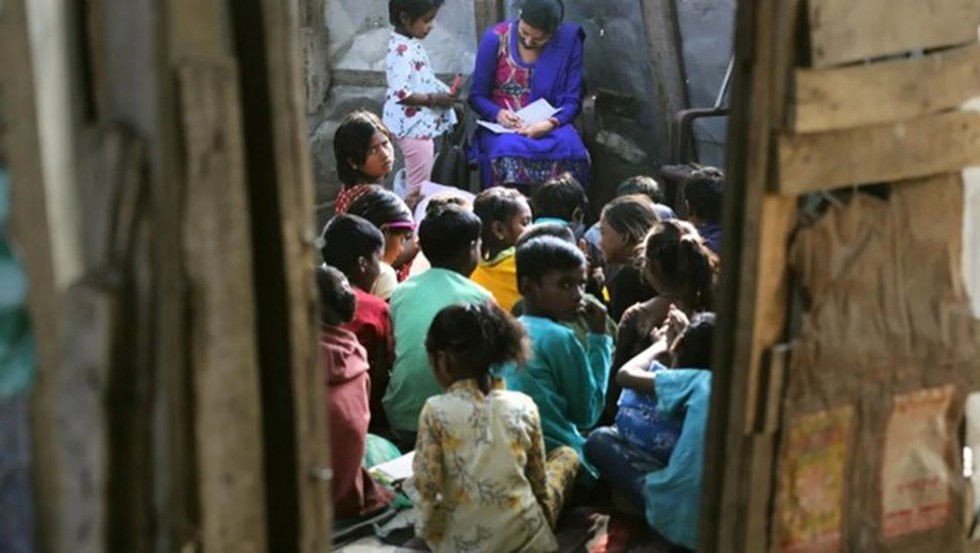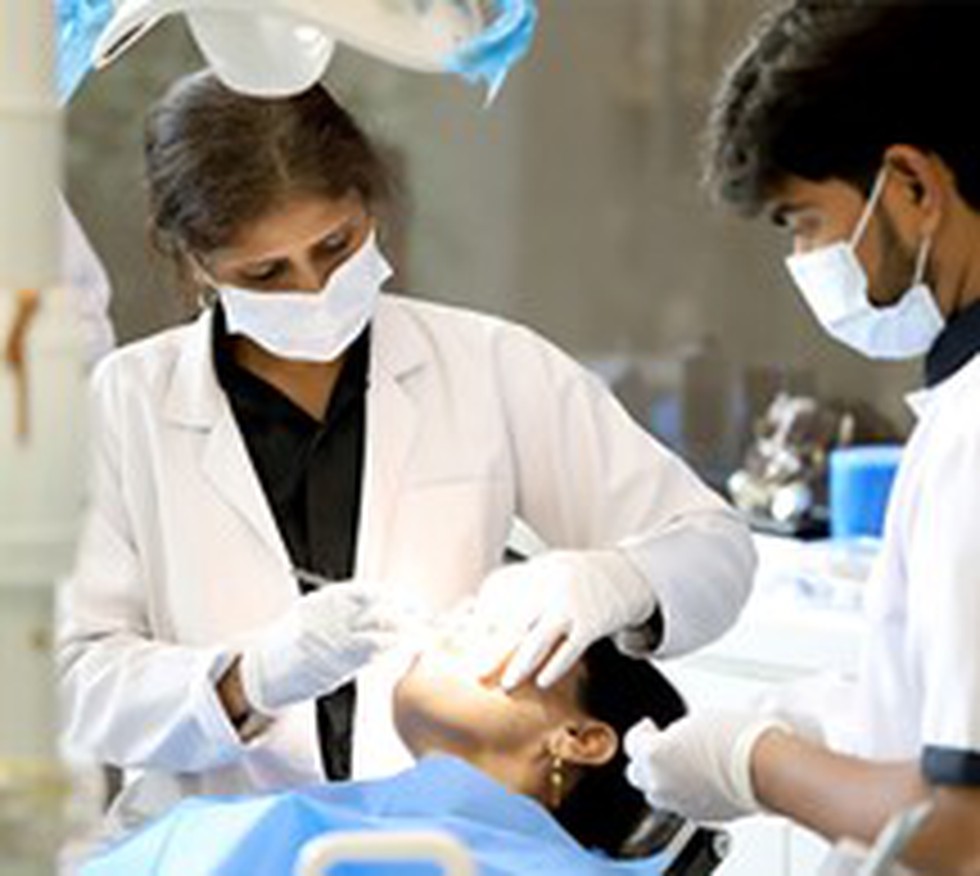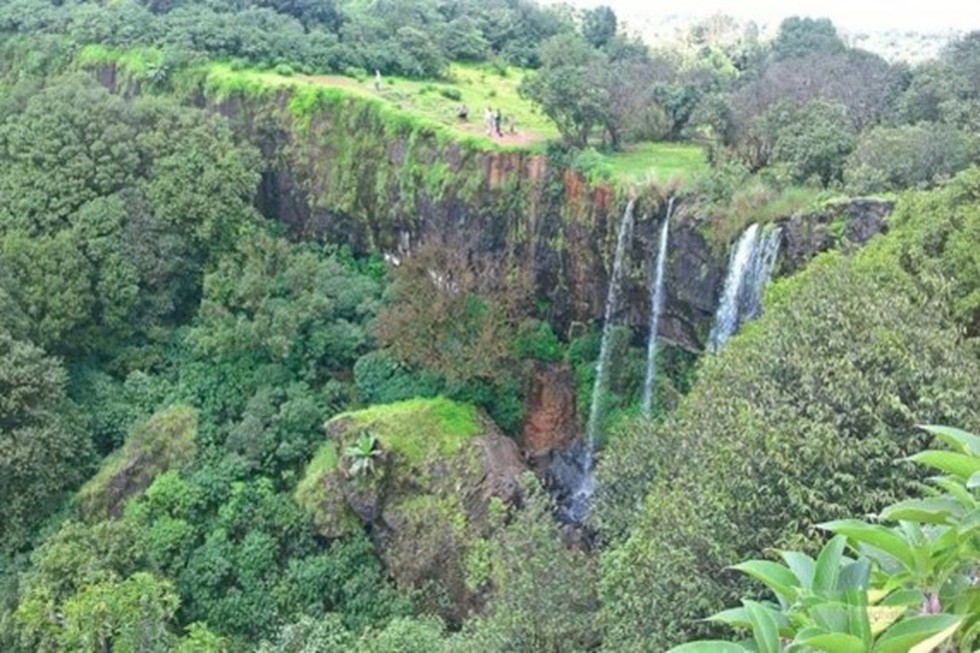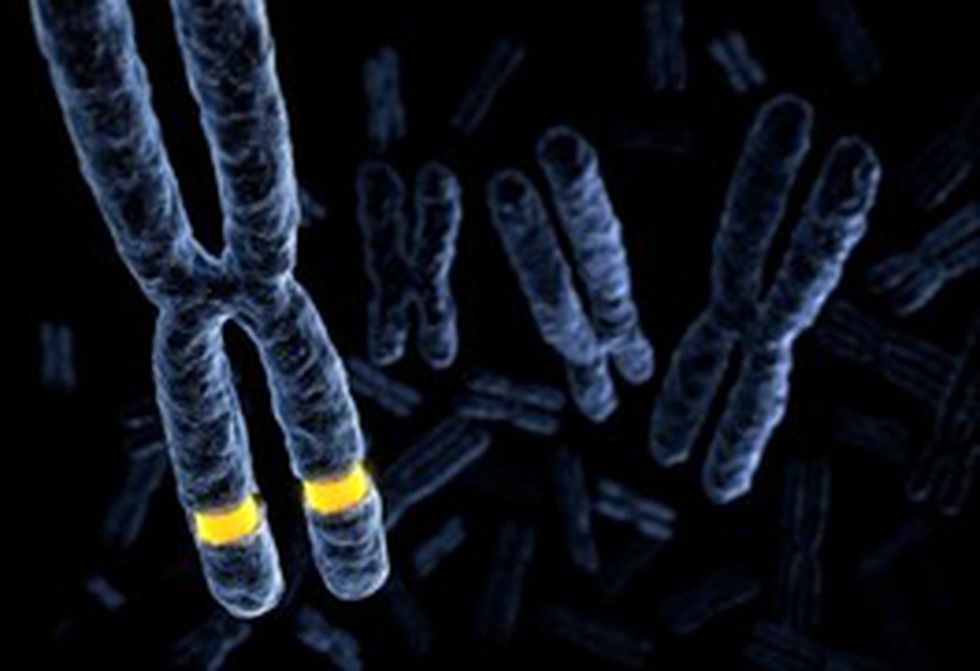
About National Commission for Protection of Child Rights (NCPCR):
- NCPCR is a statutory body established by an Act of Parliament, the Commission for Protection of Child Rights (CPCR) Act, 2005.
- It works under the aegis of the Ministry of Women and Child Development.
- The Commission began operational on 5 March 2007.
- As defined by the commission, a child includes a person up to the age of 18 years.
- Mandate: The Commission is mandated under section 13 of the CPCR Act, 2005 "to ensure that all Laws, Policies, Programmes, and Administrative Mechanisms are in consonance with the Child Rights perspective as enshrined in the Constitution of India and the UN Convention on the Rights of the Child."
- The Commission is further mandated to monitor the proper and effective implementation of
- Protection of Children from Sexual Offences (POCSO) Act, 2012.
- Juvenile Justice (Care and Protection of Children) Act, 2015.
- Right to Free and Compulsory Education (RTE) Act, 2009.
- Members:
- A chairperson who, is a person of eminence and has done outstanding work for promoting the welfare of children.
- Six members, out of which at least two are women, who are having experience in Education, Child Health, Juvenile justice, Elimination of child labour, Child psychology or sociology Laws relating to children.
- The members are appointed by the Central Government for a term of 3 years.

About Middle East Respiratory Syndrome (MERS):
- MERS is a viral respiratory disease caused by the Middle East respiratory syndrome coronavirus (MERS‐CoV) that was first identified in Saudi Arabia in 2012.
- Coronaviruses are a large family of viruses that can cause diseases ranging from the common cold to Severe acute respiratory syndrome (SARS) and Coronavirus disease-2019.
- MERS Symptoms:
- Typical MERS symptoms include fever, cough and shortness of breath.
- Pneumonia is common but not always present.
- Gastrointestinal symptoms, including diarrhoea, have also been reported.
- Fatality Rate: Approximately 35% of MERS cases reported to WHO have died.
- Prevention and Treatment:
- No vaccine or specific treatment is currently available.
- Treatment is supportive and based on the patient’s clinical condition.
What is MERS‐CoV?
- It is a zoonotic virus, meaning it is transmitted between animals and people, and it is contractable through direct or indirect contact with infected animals.
- The origins of the virus are not fully understood but, according to the analysis of different virus genomes, it is believed that it originated in bats and was transmitted to camels sometime in the distant past.
- Human-to-human transmission: The virus does not appear to pass easily from person to person unless there is close contact, such as providing unprotected care to an infected patient.

About International Seabed Authority (ISA):
- It is an international organization established in 1994 to regulate mining and related activities in the international seabed beyond national jurisdiction, an area that includes most of the world’s oceans.
- The ISA came into existence upon the entry into force of the 1982 United Nations Convention on the Law of the Sea (UNCLOS), which codified international law regarding territorial waters, sea lanes, and ocean resources.
- Headquarters: Kingston, Jamaica
- Members: As of May 2023, ISA has 169 Members, including 168 Member States and the European Union.
- Functions:
- The ISA is responsible for granting licenses and regulating activities related to the exploration and exploitation of mineral resources in the international seabed.
- Its ensures that these activities are carried out in a manner that protects the marine environment and promotes the equitable and efficient utilization of resources.
- Structure:
- The supreme authority of the ISA is the assembly, in which all ISA members are represented.
- The assembly sets general policies, establishes budgets, and elects a 36-member council, which serves as the ISA’s executive authority.
- The council approves contracts with private corporations and government entities for exploration and mining in specified areas of the international seabed.
- The council oversees implementation of the seabed provisions of the UNCLOS and establishes provisional rules and procedures (subject to approval by the assembly) by which the ISA exercises its regulatory authority.
- The secretary-general of the ISA is nominated by the council and is elected by the assembly to a four-year term.
Key facts about the United Nations Convention on the Law of the Sea (UNCLOS):
- UNCLOS, also called the Law of the Sea Convention or the Law of the Sea Treaty, is an international agreement that establishes a legal framework for all marine and maritime activities.
- It lays down a comprehensive regime of law and order in the world's oceans and seas, establishing rules governing all uses of the oceans and their resources.
- UNCLOS became effective on 16th November 1982.
- UNCLOS covers a wide range of issues, including:
- The definition of maritime zones, such as the territorial sea, the contiguous zone, the exclusive economic zone, and the continental shelf.
- The rights and responsibilities of coastal states and flag states.
- The conservation and management of marine resources.
- The protection of the marine environment.
- The peaceful settlement of disputes.

About Safdarjung Tomb:
- Safdarjung Tomb is the last garden tomb constructed in the late Mughal Empire Style.
- Location: At the Intersection of Safdarjung Road and Aurobindo Marg, New Delhi, India.
- It was built in 1753- 54 as mausoleum of Safdarjung, the viceroy of Awadh under the Mughal Emperor, Mohammed Shah. It was built by his son, Nawab Shujaud Daula.
- Architecture:
- Also known as ‘Safdarjung ka Maqbara,’ the tomb is built on a square plan and has a central dome and is made of marble and sandstone.
- The dome is surrounded by four smaller domes and four minarets.
- The exterior of the tomb is decorated with intricate latticework and calligraphy.
- The interior of the tomb is decorated with marble and gold leaf.
- The tomb is surrounded by lush green gardens. The garden is in the Mughal Charbagh garden style, and is a smaller version of the garden of Humayun Tomb.
Who was Safdarjung?
- Safdarjung (1708 – 5 October 1754), whose full name was Mirza Muqim Abul Mansur Khan, was a major figure in the Mughal court during the declining years of the Mughal Empire.
- He became the second Nawab of Awadh when he succeeded Saadat Ali Khan I (his maternal uncle and father-in-law) in 1739.
- In 1739, Safdarjung was appointed the Prime Minister of the Mughal Empire by Emperor Muhammad Shah.
- He served as Prime Minister for five years, during which time he helped to stabilize the Mughal Empire and to improve its relations with other powers in the region.
- After his term as Prime Minister, Safdarjung returned to Awadh, where he ruled as Nawab for the next 15 years.
- He was a capable ruler, and he helped to make Awadh one of the most prosperous provinces in the Mughal Empire.
- He built many mosques, madrasas, and other public buildings in Awadh, and he also supported the arts of music, poetry, and painting.
- He died in 1754, and he was buried in Safdarjung Tomb, Delhi.

About National Dental Commission Bill, 2023:
- The Bill seeks to repeal the Dentists Act, of 1948.
- The bill also aims to make dental education affordable and make quality oral healthcare accessible.
- It seeks to replace the Dental Council of India with the National Dental Commission (NDC).
- National Dental Commission (NDC):
- It will draft policies and maintain quality standards in dental education and the profession.
- The new commission will also regulate fees for 50% seats in private dental colleges.
- Composition:
- The composition of the NDC will be similar to that of the National Medical Commission (NMC), which had replaced the Medical Council of India.
- The head office of the National Dental Commission shall be at New Delhi and it will consist of a chairperson; eight ex officio members; and 24 part-time members.
- They will be appointed by the central government.
- Members of NMC, health ministry, AIIMS, New Delhi will be among the eight ex-officio members.
- Out of 24 part-time members, a total of 19 members will be appointed on rotational basis from amongst the nominees of the states and union territories for two years.
- Other five members who will be appointed for four years will include two dental faculties from any central or state or autonomous government institutes; three members who have special knowledge and professional experience in areas including management, law, medical ethics, health research, consumer or patient rights advocacy, science and technology and economics.
- According to Bill, the commission’s members will declare their assets and liabilities at the time of entering and demitting office and also declare all professional and commercial engagements.
- Dental Advisory Council:
- Under the provisions of the bill, the central government will constitute an advisory body – the Dental Advisory Council.
- The council will advise the commission and will also be the platform through which states and UTs will put forth their views.
- It will also advise the Commission on measures to “enhance equitable access to dental education and uniform system of examination.”
- The Bill will make provision for an exit test for dentists on the lines of the National Exit Test that is likely to be implemented for those completing MBBS.

About Mhadei Wildlife Sanctuary:
- It is located in the Northern Part of Goa.
- There are a number of picturesque waterfalls within the sanctuary boundaries.
- The most prominent are the Vazra Sakla Falls and the Virdi Falls.
- The cliff face near the Vazra falls is notable for being the nesting grounds of the critically endangered Long-billed vultures.
- Flora:
- The sanctuary is thickly forested with moist deciduous vegetationand some evergreen species too.
- The sanctuary is particularly well-known for its sacred groves that protect rare and indigenous trees.
- Fauna: Indian gaur, Barking deer, Sambar deer, Asian palm civet, small Indian civet, Wild boar, Indian hare etc.
- The sanctuary is a huge attraction for herpetologists since it contains a large variety of snakes including all of the ‘big four’ of Indian venomous snakes which are the Indian krait, Russell’s viper, Saw-scaled viper and Spectacled cobra

About Fragile X Syndrome:
- It is an inherited genetic disease passed down from parents to children that causes intellectual and developmental disabilities.
- It is also known as Martin-Bell syndrome.
- It is the most common hereditary cause of mental disability in boys. It affects 1 in 4,000 boys.
- It’s less common in girls, affecting about 1 in every 8,000. Boys usually have more severe symptoms than girls.
- People with FXS usually experience a range of developmental and learning problems.
- The disease is a chronic or lifelong condition. Only some people with FXS are able to live independently.
- The peculiar quality of this disease is that if it is inherited by the father, then it will only affect the daughter, but if it is inherited by the mother, then it can affect both genders.
- What are the causes?
- It is caused by a defect in the FMR1 gene located on the X chromosome.
- The defect, or mutation, on the FMR1 gene prevents the gene from properly making a protein called the fragile X mental retardation 1 protein.
- This protein plays a role in the functioning of the nervous system.
- The exact function of the protein is not fully understood. A lack or shortage of this protein causes the symptoms characteristic of FXS.
- Treatment
- It cannot be cured. Treatment is aimed at helping people with the condition learn key language and social skills.

About PSLV-C56:
- The PSLV-C56 carrying DS-SAR satellite along with six co-passengers will be launched from the Satish Dhawan Space Centre in Sriharikota.
- It is configured in its core-alone mode, similar to that of C55.
- It would launch DS-SAR, a 360 kg satellite into a Near-equatorial Orbit (NEO) at 5 degrees inclination and 535 km altitude.
- What is The DS-SAR satellite?
- It is developed under a partnership between DSTA (representing the Government of Singapore) and ST Engineering.
- It will be used to support the satellite imagery requirements of various agencies within the Government of Singapore.
- ST Engineering will use it for multi-modal and higher responsiveness imagery and geospatial services for their commercial customers.
- It carries a Synthetic Aperture Radar (SAR) payload developed by Israel Aerospace Industries (IAI).
- This allows the DS-SAR to provide for all-weather day and night coverage and is capable of imaging at 1m resolution at full polarimetry.
- Along with DS-SAR, the PSLV-C56 will carry
- VELOX-AM: A 23 kg technology demonstration microsatellite.
- ARCADE : Atmospheric Coupling and Dynamics Explorer (ARCADE), an experimental satellite.
- SCOOB-II: A 3U Nano satellite flying a technology demonstrator payload;
- NuLIoN : An advanced 3U Nano satellite enabling seamless IoT connectivity in both urban and remote locations;
- Galassia-2: A 3U Nano satellite that will be orbiting at low earth orbit.
- ORB-12 STRIDER: Satellite is developed under an International collaboration.

About Fluorine:
- Fluorine comes from a calcium salt called calcium fluoride, or fluorspar.
- Fluorspar is mined and then treated with sulphuric acid at a high temperature to release hydrogen fluoride (HF).
- Hydrogen fluoride is then made to react with other compounds to create fluorochemicals.
- Fluorine is a highly reactive element used to make fluorochemicals,
- It is used to produce plastics, agrochemicals, lithium-ion batteries, and drugs.
- Issues with hydrogen fluoride
- A major downside of this process is that HF is an extremely poisonous and corrosive liquid that irritates the eyes and respiratory tract even at low concentrations.
- It also requires special transportation and storage
- Hydrogen fluoride spills have occurred numerous times in the last decades, sometimes with fatal accidents and detrimental environmental effects.
- New procedure to obtain fluorine atoms
- To avoid HF and to make the extraction process requires less energy, the researchers took inspiration from how the human body makes bones and teeth: through calcium phosphate biomineralization.
- They ground fluorspar in a ball-mill with potassium phosphate.
- While fluorine is very reactive, calcium atoms prefer phosphorus even more, so the milling created calcium phosphate and another compound with fluorine atoms. They called the latter Fluoromix.
- When Fluoromix was reacted with organic compounds, it could create around 50 fluorochemicals with up to 98% yield.

About Silver cockscomb:
- It is a short-lived 50-60 cm-tall plant considered as a weed, that bears simple, spirally arranged leaves around the stem with pinkish or silky white flowers.
- In Karnataka’s Chamarajanagara district the silver cockscomb is referred to as anne soppu.
- Also known as lagos spinach which belongs to the Amaranthaceae family, which includes economically important plants like spinach (Spinacia oleracea), beetroot and quinoa.
- The plant is known as Celosia argentea, kurdu in Marathi and pannai keerai in Tamil.
- It grows well even on fallow land and in drought-like conditions.
- Its leaves have lower levels of oxalic acid and phytic acid.
- Benefits
- Soligas use it as a nutritious leafy green vegetable, as it is high in nutrients such as beta-carotene and folic acids, and have vitamin E, calcium and iron.
- It is frequently used in traditional Chinese and Indian medicine for treating eye diseases and ulcers.
Who are Soligas?
- They are an indigenous tribe of Karnataka,
- They reside in the peripheral forest areas near Biligiri Rangana Hills and Male Mahadeshwara in the Chamarajnagar district of Karnataka.
- They are the first tribal community living inside the core area of a tiger reserve in India to get their forest rights officially recognised by a court of law.




.png)
























































































































































.png)
.png)
.png)
.png)
.png)


.png)
.png)
.png)





.png)
.png)






.png)
.png)
.png)
.png)
.png)
.png)
.png)
.png)
.png)

.png)







.png)
.png)


.png)
.png)
.png)


.png)

.png)
.png)





.jpg)

.png)
.png)


.png)

.png)
.png)
.png)

.jpg)

.jpg)


.png)

.png)
.png)
.png)
.png)
.png)
.png)
.png)
.png)
.png)


.png)

.png)





.png)
.png)
.png)
.png)
.png)
.png)
.png)
.png)
.png)
.png)
.jpg)
.jpg)

.png)
.png)
.png)
.png)
.png)
.png)
.png)
.png)
.png)
.png)
.png)
.png)
.png)
.png)
.png)
.png)
.png)
.png)
.png)
.png)
.png)
.png)



.png)
.png)

.jpg)
.jpg)


.jpg)
.jpg)
.jpg)
.jpg)
.jpg)

.jpg)








.jpg)
.jpg)
.jpg)
.jpg)
.jpg)

















.jpg)
.jpg)







.jpg)


















.jpg)
.jpg)






























































































.jpg)
.jpg)


























.jpg)

.jpg)










.jpg)








.jpg)




.jpg)










.jpg)


















.jpg)












































.jpg)














.jpg)
.jpg)
.jpg)





.jpg)

.jpg)
.jpg)





































































.jpg)


































.jpg)
.jpg)
















































.jpg)












.jpg)


.jpg)




.jpg)
.jpg)
.jpg)

.jpg)
.jpg)
.jpg)
.jpg)

.jpg)
.jpg)
.jpg)

.jpg)
.jpg)
.jpg)
.jpg)
.jpg)
.jpg)
.jpg)
.jpg)

.jpg)


.jpg)
.jpg)
.jpg)
.jpg)
.jpg)
.jpg)
.jpg)
.jpg)
.jpg)
.jpg)











.jpg)
.jpg)





.jpg)
.jpg)
.jpg)
























.jpg)
























.jpg)









.jpg)
.jpg)







.jpg)
.jpg)









































.jpg)
.jpg)
.jpg)
.jpg)
.jpg)

.jpg)
.jpg)
.jpg)
.jpg)
.jpg)


.jpg)
.jpg)
.jpg)
.jpg)
.jpg)

.jpg)
.jpg)
.jpg)
.jpg)
.jpg)
.jpg)
.jpg)
.jpg)
.jpg)
.jpg)
.png)

.png)
.png)

.png)
.png)
.png)
.png)


.jpg)
.jpg)

.jpg)
.jpg)
.jpg)

.png)
.png)
.png)
.png)
.png)
.png)
.png)

.png)
.png)
.png)
.png)
.png)
.png)
.png)
.png)
.png)
.png)





































































-min.png)



.png)




.png)








































